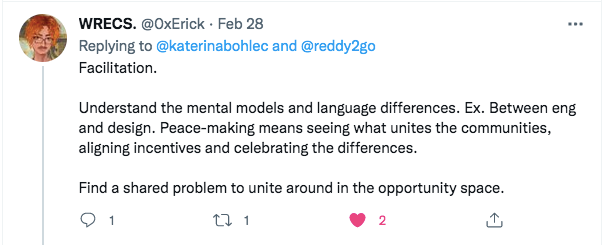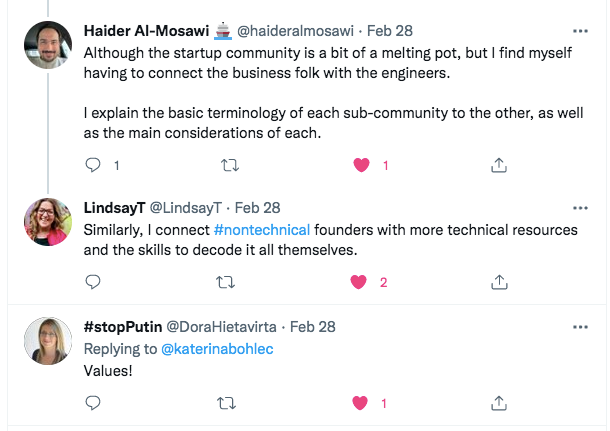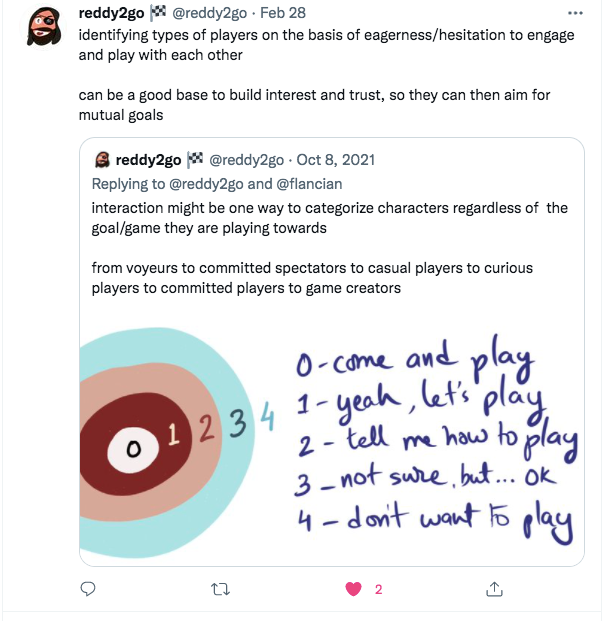How can we innovate more?
Boundary-spanners are people who have frequent interaction with members of other teams and bridge silos. Thanks to them, teams are more creative.
Urban areas are engines of economic growth because they offer opportunities for people — from different groups, companies, and communities — to meet and discuss ideas and problems. In other words: They enabled knowledge spillover.
People enable knowledge spillover. That begets the question: What can I do to facilitate knowledge spillover and help my team be more creative? The answer is: Become a boundary-spanner.
What are boundary-spanners?
Boundary-spanners are people who have frequent interaction with members of other teams and bridge silos. They are also called bridge builders or brokers. The main feature of a boundary-spanner is that they break down formal barriers between departments, professions, and groups.
You can imagine it like this: boundary-spanners have the keys to an alternative reality. Talking with a connection on another team opens the doors to a new world. Thanks to the information from this alternative reality, the team will be more innovative.

Ipsita Dasgupta in her TedTalk calls boundary-spanners co-conspirators: These are people from other groups who help create lasting change in a community. They achieve this thanks to their deep understanding of what people and communities need.
Teams with boundary-spanners — where at least one team member has an excellent connection to another team — are more creative. The reason for this is that this boundary-spanner brings in new knowledge: the knowledge created by other teams.
How can you become a better boundary-spanner?

If you want to become a boundary-spanner, you need to put in some work. You don't need to be an extrovert. What is more important is a willingness to learn and understand others. As a boundary-spanner, it is your task to see value in new information and convince your team to incorporate the information into their products or daily routines. To do this successfully it is important that you have empathy: Empathy for your team and for others. A successful boundary-spanner is a good listener and observer.

Also, remember that in most cases your role does not explicitly include cross-team collaboration. As a boundary-spanner, you are often doing important but unpaid work. Make sure that you highlight to your manager the invisible work you are doing, and managers: reward people for diffusing information across the company.
- Take time to get to know people. Don’t focus on yourself, but listen to the stories of others. Ask questions and show interest in their success.
- Spend time understanding the values of other teams. What motivates them? What are their worries?
- Make your work visible to people in other teams. Don’t be afraid to share work-in-progress.
